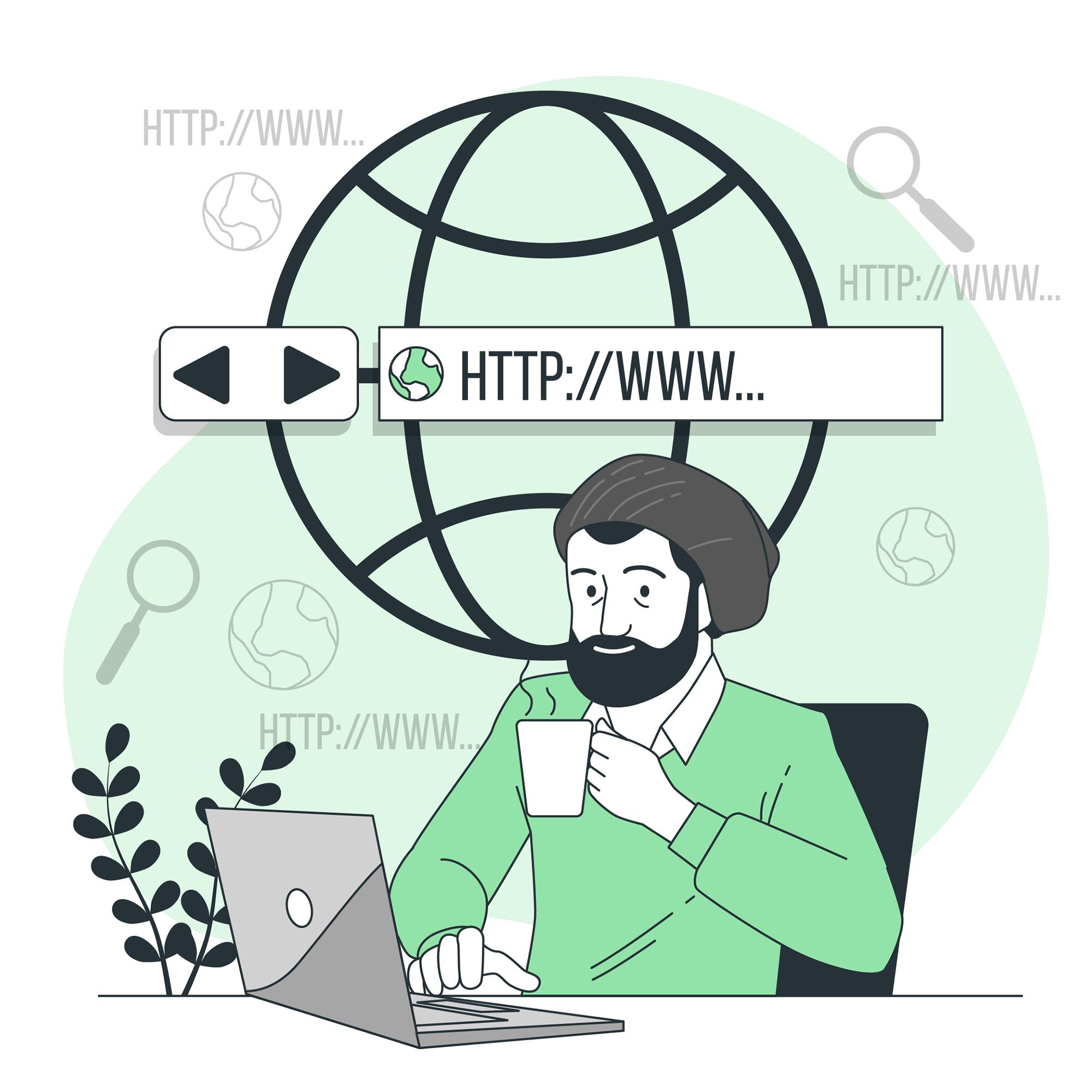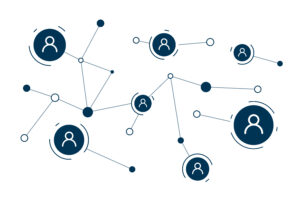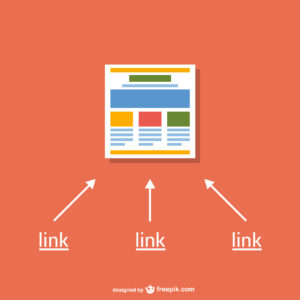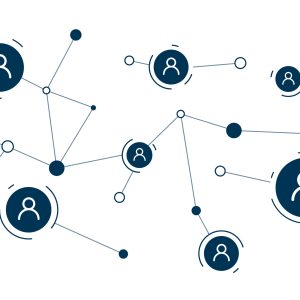Imagine your website’s a cracking chippy in Liverpool, serving chips so lush they’d make your nan cry happy tears. Wikipedia backlinks? That’s like the city’s top food critic raving about your scran in the Echo, telling Google your shop’s the dog’s bollocks. Even though Wikipedia backlinks are no-follow, they’re pure gold for credibility, making your site look legitimate. This guide’s your matey Scouser, spilling the greasy tea on how to nab a Wikipedia link the right way, no dodgy shortcuts, just sound graft to boost your chippy’s rep.
Why Wikipedia Backlinks Boost Authority
Wikipedia’s like the internet’s head chef, trusted by Google and punters alike. A link from its pages screams “this chippy’s legit,” even if it’s no-follow. It’s a trust badge that nudges Google to rate your site higher, and with millions hitting Wikipedia daily, you might pull in real punters clicking your link. Search Engine Journal notes high-trust links can lift your site’s vibe by 20% in Google’s eyes.
No-follow but Trusted by Google
Aye, Wikipedia backlinks don’t pass SEO juice, but Google still gives ‘em a nod. It’s like a mate saying your chips are boss in a pub chat, doesn’t make you Michelin-starred, but folk trust the word. A Wikipedia mention shows your content’s solid, boosting your site’s cred without direct ranking juice.
High Referral Traffic Potential
Wikipedia’s busier than your chippy on a Friday night thousands hit its pages daily. If your link’s on a hot page, like one about “best chippy recipes,” punters might click through to your blog. It’s like sticking a flyer on a Scouse bus stop, real folk see it and pop by.
Step 1: Set Up Your Wikipedia Account
First, you need a Wikipedia account, dead simple, like ordering chips.
Register & Confirm Email
Head to Wikipedia.org, pick a username (not salesy, like “ChippyKing”), and verify your email. This makes you look sound to editors, not some fly-by-night spammer.
Practice in Sandbox & Make Edits
Wikipedia gives you a “sandbox” to muck about with edits. Tweak a line or two, like fixing a typo on a chippy page. Then make small, legit edits on real pages, say, adding a fact about Liverpool’s food scene. A mate of mine added a line about Scouse stew, and editors loved it. This builds your rep, like serving free chips to earn punters’ trust.
Step 2: Identify Target Articles & Issues
Now, hunt for pages tied to your niche, say, food or chips.
Look for “Citation Needed” Tags
Search for articles begging for sources with “citation needed.” These are gold, perfect for slipping into your blog post. A mate found a ‘citation needed’ on a chippy page about batter; his blog had chef tips bingo, link added. Use Google like: site:wikipedia.org “citation needed” chippy recipes or site:wikipedia.org “citation needed” food history for niche hits.
Locate Dead or Broken Links
Spot dead links with: site:wikipedia.org “dead link” food blogs. Check 10 pages on a food article for duds. If a chippy article’s link’s knackered, your blog could replace it. Email editors: “My better post fits here’s the link!” It’s like swapping a soggy chip for a crispy one. Editors love the fix.
Step 3: Verify Reliable Sources
Wikipedia’s picky; your link needs to be proper and legitimate.
Match Content to Wikipedia Facts
Your blog must back up the Wikipedia claim. If a page says “vinegar makes chips crispier,” your post better say the same with proof, not just waffle. Shoehorn a link, and it’ll get binned faster than mouldy fish.
Use Archive.org & Domain Authority as Criteria
For dead links, check the old page on archive.org to see what it said. If it was about chippy batter, your post needs to match. Wikipedia likes sites with decent Domain Authority (check with Moz) your chippy blog better look trustworthy, not some minging spam site.
Step 4: Add Value Before Linking
Don’t just lob in a link; help the page first.
Edit & Improve Article First
Fix typos, update old facts, or add a line like “Liverpool chippies use sunflower oil for crispiness” with a source. Fix two typos while you’re at it. It’s like tidying your chippy’s counter before serving a critic.
Insert Backlink in References Section
When it’s link time, pop it in the References or External Links bit. Use: <ref>{{cite web |title=Chippy Batter Secrets |url=https://yourchippy.com/batter-post |access-date=2024-06-04}}</ref>.
Copy the format from another ref on the page and test it in your sandbox first to avoid faff. It’s like plating chips neatly looks pro.
Step 5: Monitor, Engage & Maintain
Your link’s live, but don’t kick back yet.
Track Your Edits & Watch for Reversions
Editors might bin your link; check your edit history to spot changes. It’s like eyeing your chippy’s TripAdvisor for bad reviews.
Respond on Talk Pages If Needed
If an editor questions your link, reply politely on the Talk Page: “My post backs the better claim with chef quotes, sound?” It’s like charming a grumpy punter with a free chip.
Tips to Avoid Spam & Bans
Wikipedia’s stricter than a chippy health inspector.
Always Be Neutral & Unselfish
Don’t big up your site, write like a boring encyclopedia. Say “Sunflower oil is common in chippies,” not “My chippy’s oil is the best!” No promo nonsense.
Maintain a Clean Edit History
Don’t just edit for your link, but tweak other pages weekly, like adding a fact about Scouse stew. It shows you’re not a selfish git.
Make Smaller, Gradual Edits Regularly
Edit bit by bit, like frying chips in small batches. Big changes scream “spammer” and might get you banned.
✅ Final Thoughts
Nabbing a Wikipedia backlink’s no quick fry, it’s a slow roast. Add real value, play by the rules, and graft like you’re running a boss chippy. Done right, you’ll bag a trust badge that makes Google and punters love your site. Keep it legit, and your chippy’ll be top of the web’s menu.
FAQs
Q1: Do Wikipedia backlinks do-follow or no-follow?
No-follow, but they’re still trusted for their credibility.
Q2: Can I add my website link directly to any page?
Nah, make sure it’s relevant and cited properly, or it’s bin time.
Q3: What happens if my link gets removed?
Check the Talk Page or edit history. Chat with editors and tweak if needed.
Q4: Is it safe to pay someone for Wikipedia links?
Dead risky Wikipedia bans paid links, and you’ll look like a proper mug.







